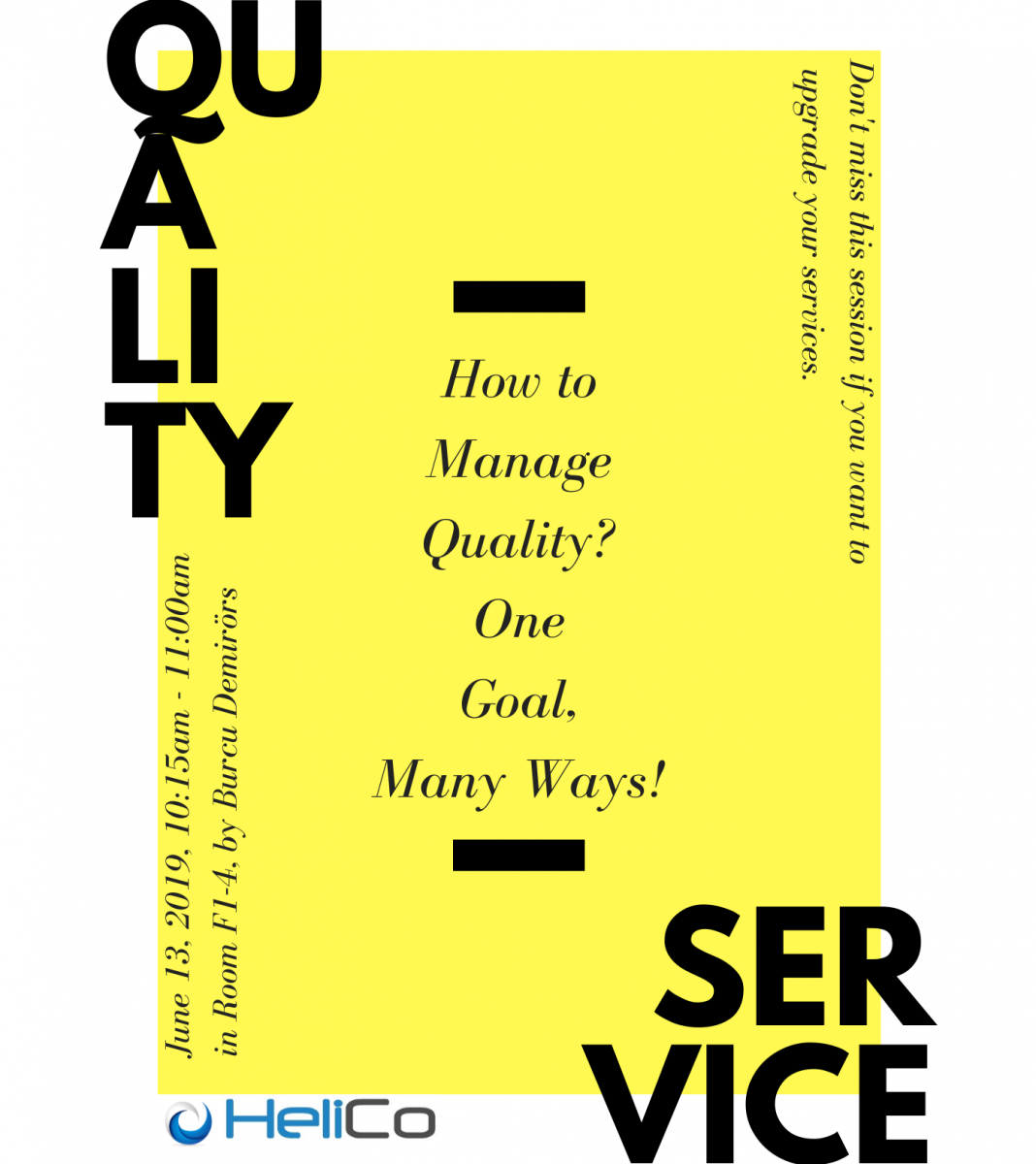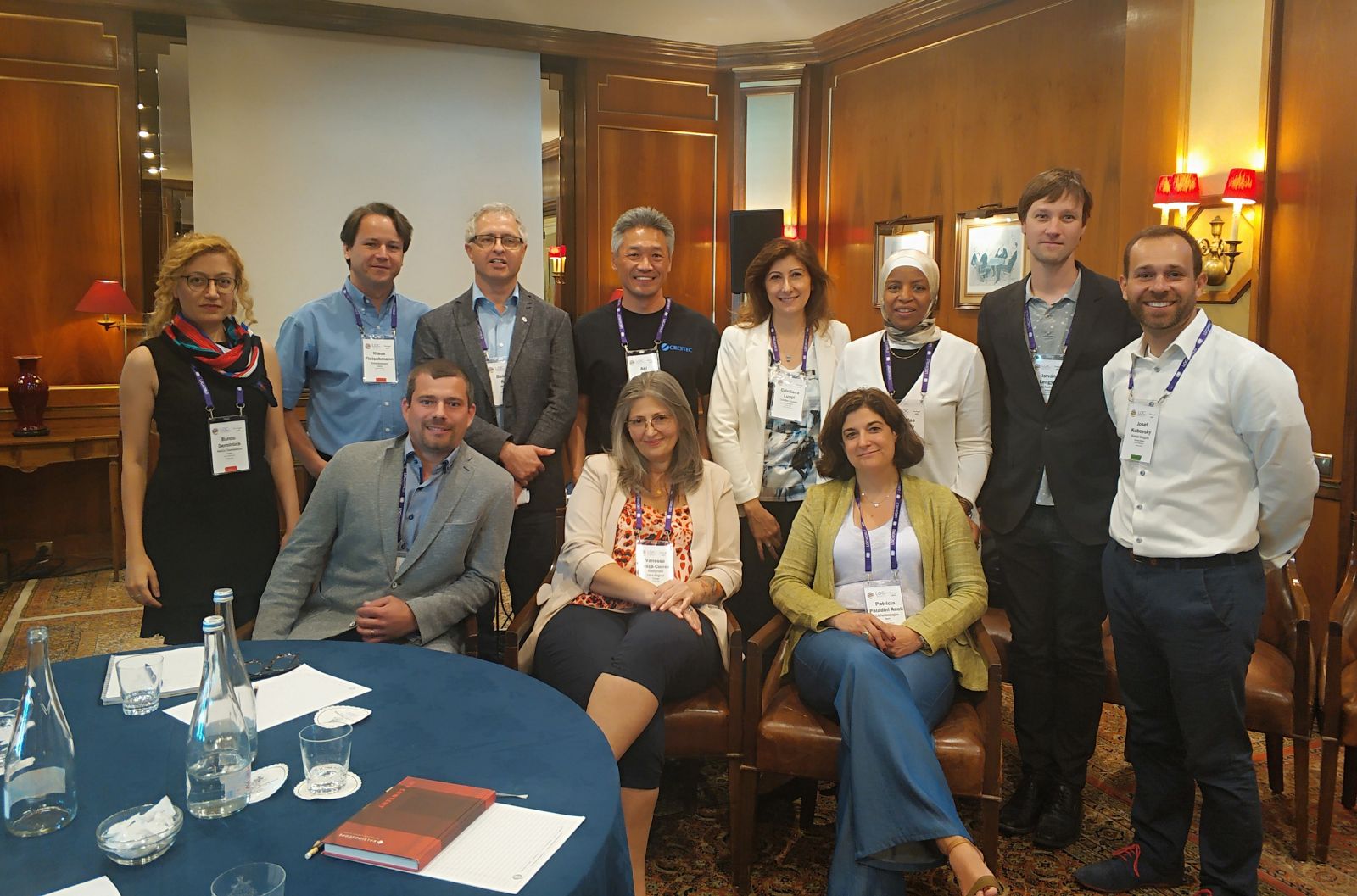
We attended LocWorld40 in June 2019, this time with a speech. Burcu Demirörs, a co-founder of our company, gave the speech, entitled “How to Manage Quality? One Goal, Many Ways! ”.
.jpg)
In the speech, Demirörs comprehensively discussed the topic: “providing quality translation service”. She began the speech with how we define quality, outlining standards as indicators of quality. Demirörs then emphasized the importance of creating a workflow and adhering to it. In this part, she suggested that quality has stages and pointed out that, at HeliCo, only by moving through these stages one by one can we increase the quality of our translation services. She reviewed the issue of organizational quality with the audience, whom she encouraged to conceptualize quality as a chain of teams combining numerous players. Her argument suggested that translation quality may exist at different levels. Demirörs explained what is necessary to deliver the highest quality of translation, starting from a translation with a minimal level of quality level. A question was asked at this point: Who determines quality? Following this question, answered with different examples, Demirörs examined whether “Cost-Time-Quality” could co-exist. She compared the terms “Quality Assurance” and “Quality Control”. A prominent question was about who is responsible for the work of Quality Control in translation. Ideas burst forward about automation arriving with modern technologies and whether we can improve the quality of the translation. She, together with the audience, then focused on how to evaluate translation quality. While doing this, she considered whether to include more than one quality evaluator in projects to avoid subjectivity. A discussion of the metrics that assist automation also highlighted the issues of the Quality Assurance Tools (QA Tools) in the market. These QA Tools and what they can achieve were discussed in detail. On the topic of the numerous aspects of translation quality, Demirörs discussed some causes of poor quality and gave interesting examples about the cost of doing poor quality work. She emphasized the importance of taking “preventive measures” rather than “corrective measures” to improve the translation quality. Finally, she listed the ways to attain the intended quality step by step. She summarized what we could learn from this speech and what we could apply in our own work.

Attendance to the speech was significant. The venue we were assigned was nearly full. While participants snapped pictures of the presentation, participants suggested different ideas, thanks to the interactive progress of the speech. The speech, which lasted about 50 minutes, received great interest. We were very pleased to see appreciation for our efforts by participants from different countries.
Date: June 12, 2019